Services
Cathodic Engineering
We offer a range of cathodic protection engineering services to protect buried immersed steel structures as follows:-
- Consultancy Services
- System Design
- Anode Installation
- Commissioning
- Trouble Shooting
- Maintenance
- Turnkey
- Survey
- CP Training
Consultancy Services
Plant and site surveys, cost evaluations, general / detailed design and preparation of specifications.
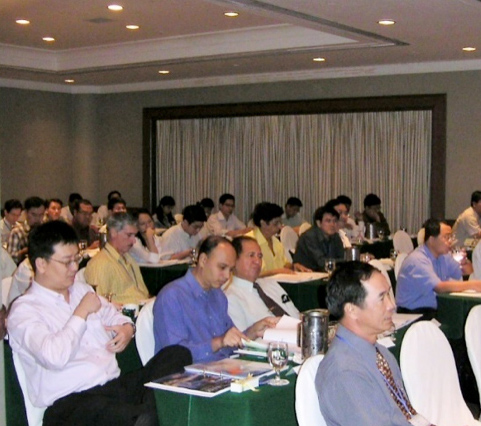
System Design
Optimum design for projects inclusive of bills of material supplies and specifications.
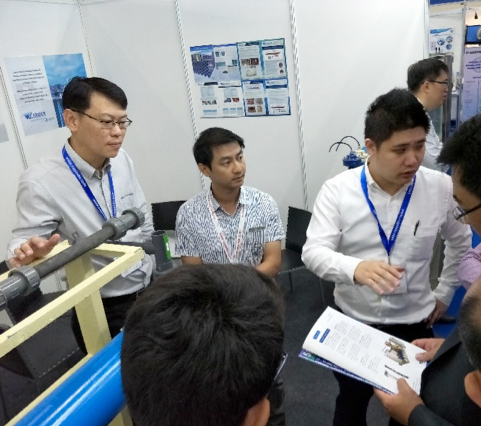
Anode Installation
Installation by our engineers or supervision of installations in conjunction with client/contractor staff and diving teams, if appropriate.
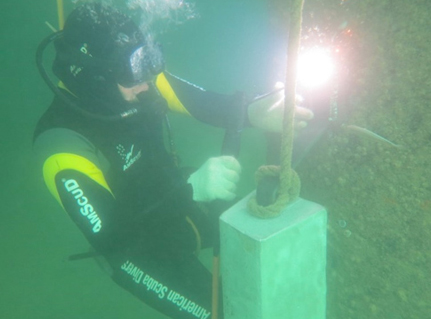
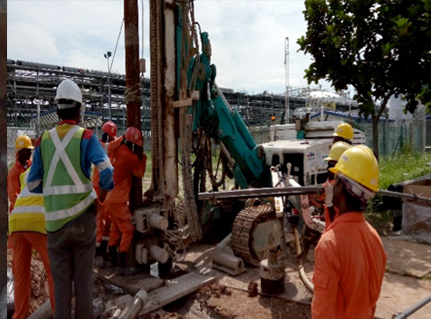

Commissioning & Troubleshooting
Initial switch-on. Pre-commissioning inspection, testing and commissioning prior to final hand-over.
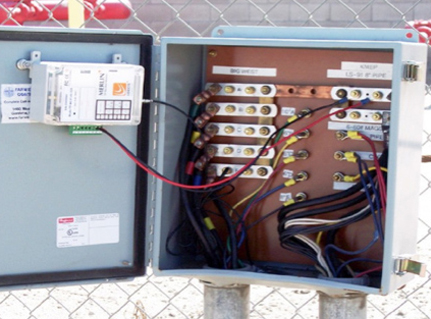
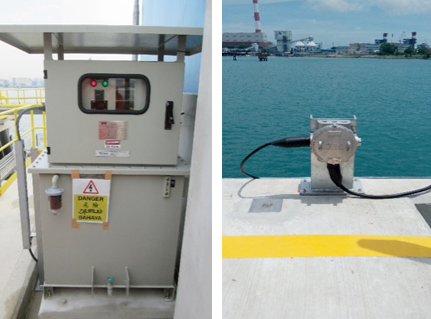
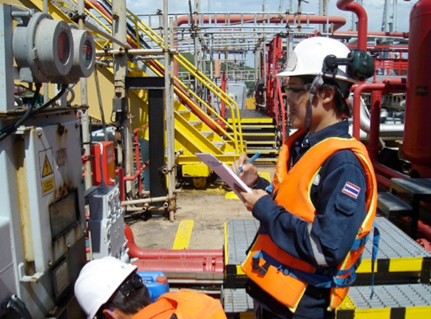
Maintenance
On a project to project basis or by annual contract.
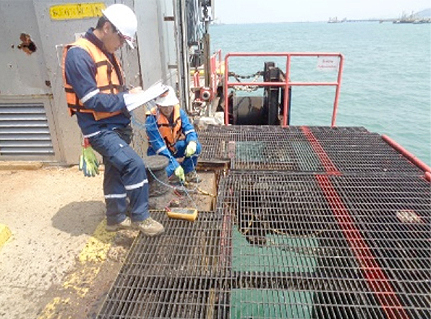
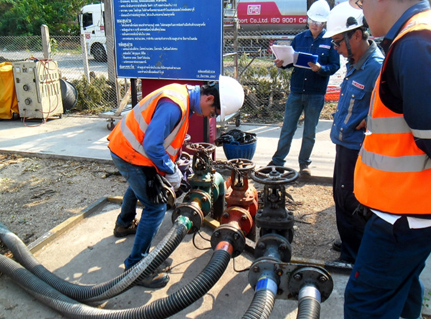
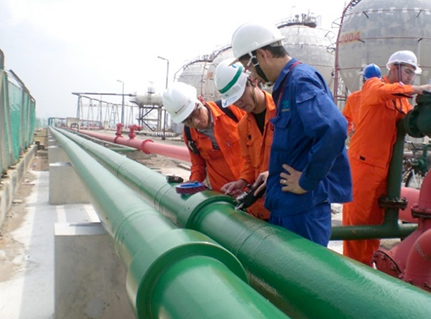
Soil Resistivity Test
Soil Resistivity measurements have a threefold purpose. First, data is used to make sub-surface geographical surveys as an aid in identifying ore locations, depth to bedrock and other geological phenomena. Second, resistivity has a direct impact on the degree of corrosion in underground pipelines. A decrease in resistivity relates to an increase in corrosion activity and therefore dictates the protective treatment to be used. Third, soil resistivity directly affects the design of a grounding system, and it is to that task that this discussion is directed. When designing as extensive grounding system, it is advisable to locate the area of lowest soil resistivity in order
to achieve the most economical grounding installation.
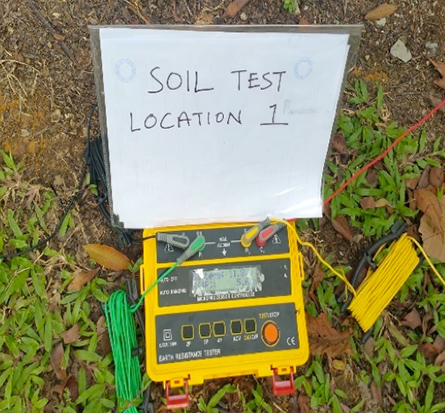
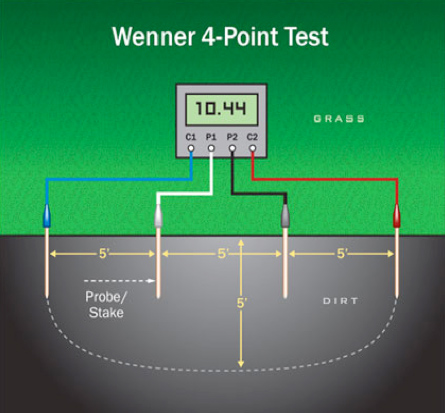
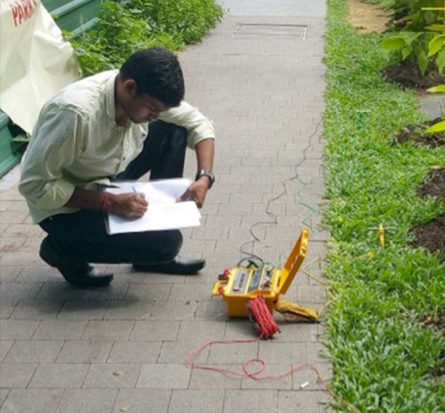
CIPS Survey
Close Interval Potential Survey (CIPS). Purpose of CIPS is to determine the Pipeline Polarization status (commonly known as “Off Potential”). If the pipeline is protected by Sacrificial Anode CP (SACP), CIPS will be conducted with the Magnesium anodes connected to the pipelines. The Pipeline Polarization will be measured at every 2-3 meters apart from the start of pipeline till the end, inclusive of all its branches. All measurement will be logged in a Datalogger. A chart will be produced to indicate the protection level along the pipeline.
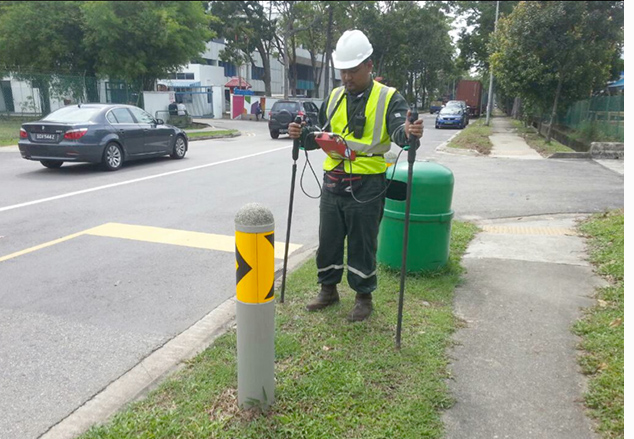
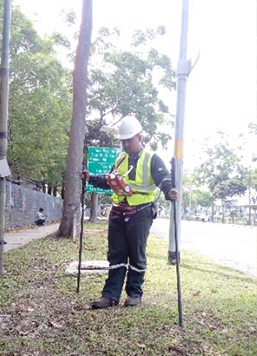
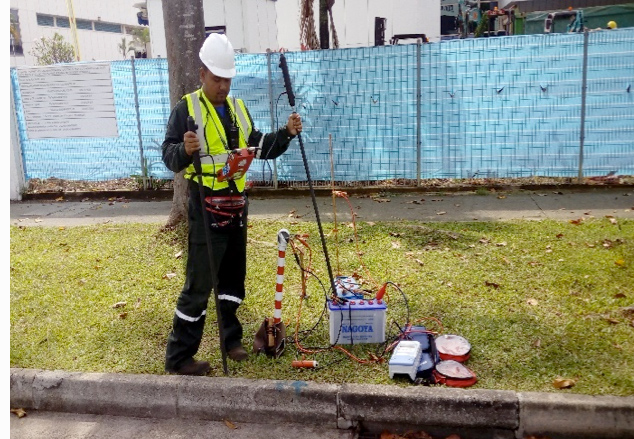
DCVG Survey
Direct Current Voltage Gradient (DCVG) Survey will be conducted to determine the condition of the pipeline coating system and inspection of possibility of any contact with metallic structures. If the pipelines are protected by SACP system, we will use Portable Power Unit and Temporary Groundbed to induce Inspection Current into the pipelines. The induced current will not harm the SACP system as it is only meant for the DCVG equipment to detect the pulsing voltage gradient.
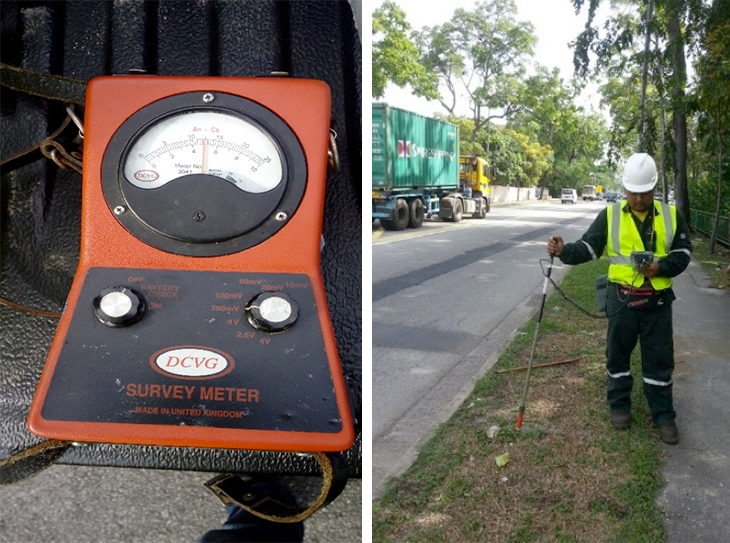
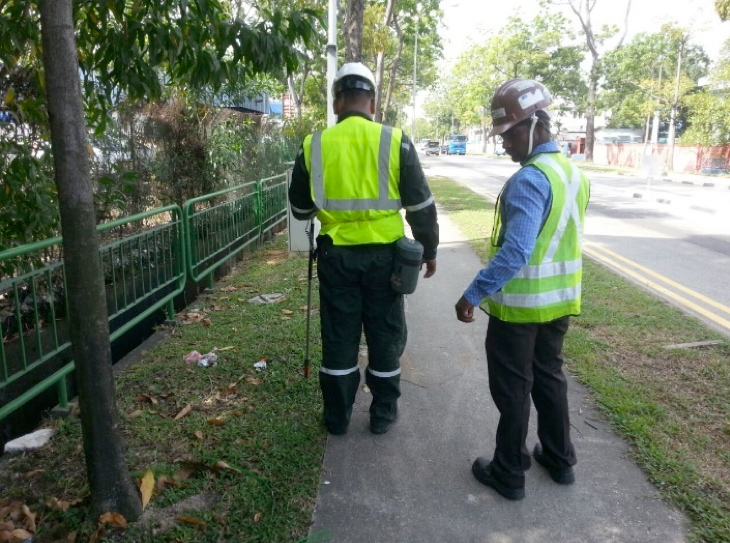
Sub Sea Survey
A number of methods can be used to obtain information on the condition of a pipeline’s cathodic protection system during an ROV based pipeline inspection. There are four different methods that are used for ROV based pipeline survey that are used and generally accepted in the industry. Depending on the level & detail of information required detail any one or more of the four methods described below may be applicable.
• Proximity half cell
• Single point contact system (Spot CP)
• Single point contact with continuous CP (Cell to Cell Method)
• Single point contact with continuous CP & Field Gradient
Proximity Half Cell Survey
This is simplest tool used for obtaining potential measurements.
A hard wire connection is made to a structure (above water) and connected to the negative terminal on a voltmeter. The positive terminal is connected to a silver/silver/chloride (Ag/Ag/Cl) half-cell through a voltmeter and is positioned close to the surface being measured. No direct contact is required.
CP Stab Probe
A probe containing a silver/silver chloride half-cell and hard steel stab tib.
Stab Probes can be used by divers or mounted on an ROV. They are used to take contact measurements on steel and anodes.
The probe consists of a hard contact tib with a Silver/Silver Chloride half-cell housed in a unit either connected via the ROV umbilical to a topside voltmeter or an incorporated voltmeter read out display.
When the probe tib makes contact with the surface of the steel or anode a potential reading is obtained.
Contact & Remote Half Cell
(Cell to Cell)
Using the CP Stabber probe, a remote silver/silver Chloride half-cell is also used to provide a stable “zero reference” instead of a hard wire connection commonly known as the “Cell to Cell” technique. As the term implies the “remote” half-cell is positioned remotely from local potential influences and is typically deployed over the side of the survey vessel. During the survey, regular contact measurements are obtained, to provide “absolute” potential measurements at a given location (equipment at the time of contact to making a hard wire connection). Whilst in contact with the anode or steel surface, the natural potential offsets between the probe & the remote half-cells are zeroed and the value obtained during contact is added, to provide a baseline measurement. This, and the following systems described usually require the use of a computerized logging system.
Twin Half Cell Contact Probe with Remote
(The industry standard for ROV pipeline CP Survey)
As the Remote Half Cell & Contact method, but a significant advantage is gained by incorporating another silver/silver chloride half-cell in the probe body. With this additional half-cell it is possible to obtain field gradient values allowing anode current density & current output to be calculated. Estimation can now be made regarding the remaining life of anodes. This method can also be used to identify disconnected or inactive anodes. The potentials measured from the half cells can either be transferred topside via an analogue voltage signal or digitalized subsea transmitted using a digital encoder. The advantages of subsea digitalization is that possible stray voltages between the conducting wires will not affect the readings.
